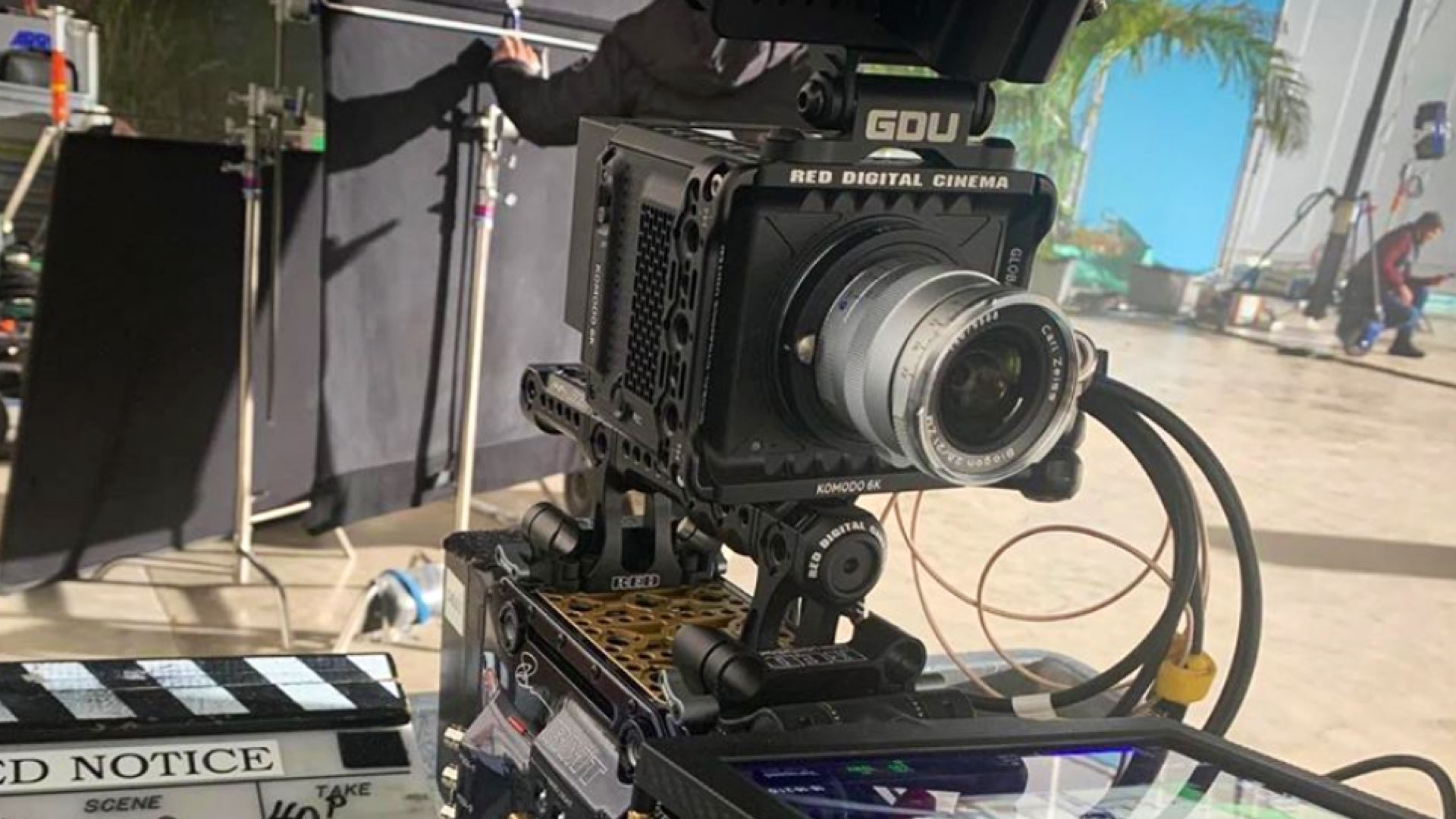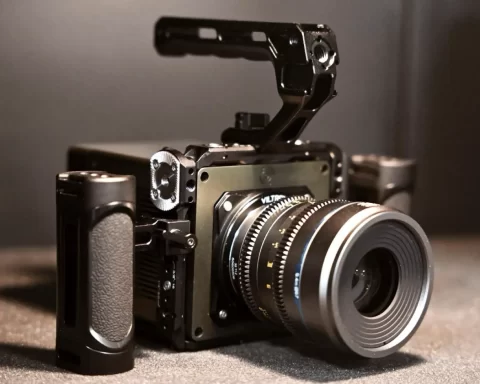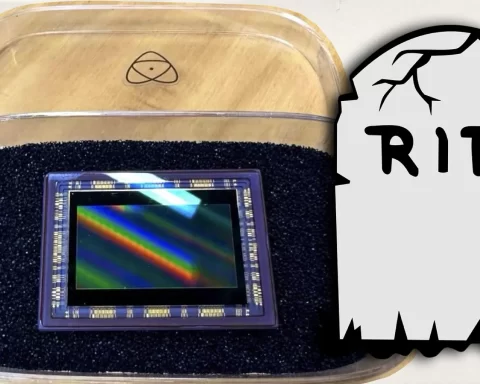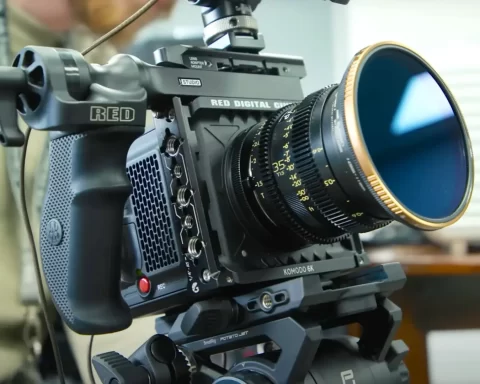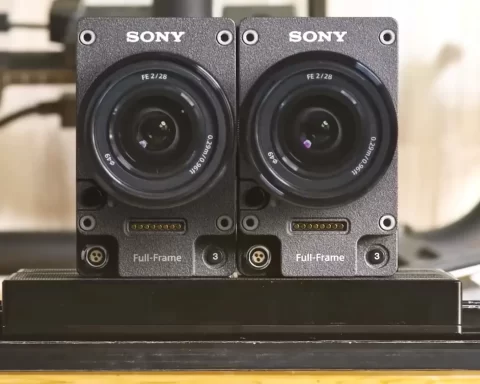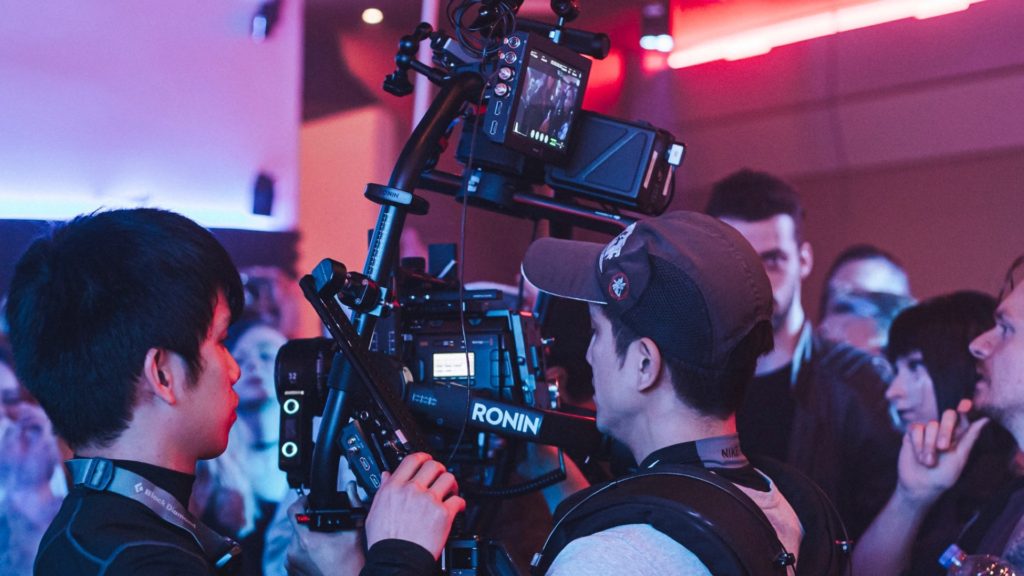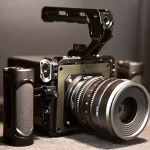Thanks to a live stream session held by Scott Balkum with Komodo owners and RED Digital Cinema president Jarred Land, we can learn a few more intriguing facts regarding the Komodo (code name: Baby Dragon) that was created as a high-end alternative to GoPro action cameras.
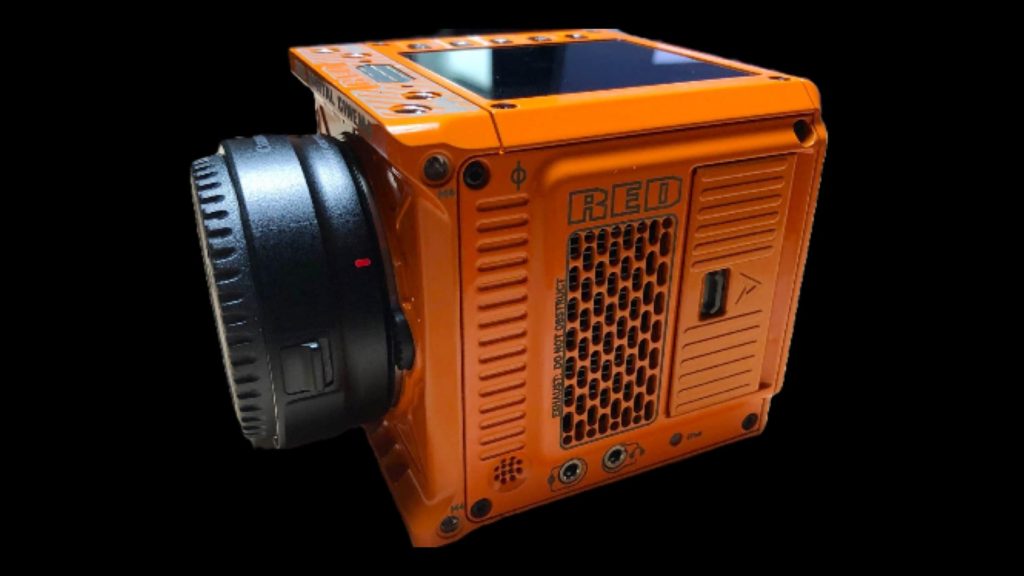
RED Komodo owners discussion
Scott Balkum has gathered several RED Komodo owners together with RED’s president, Jarred Land, for a live stream Q&A session to talk about the camera, its strengths, weaknesses, and different perspectives. This is a very long but educating and compelling session (almost six hours) which you can watch down below. The session reveals some intriguing facts about Komodo.
Komodo to replace GoPro on high-end productions
According to Jarred, the Komodo was developed to fulfill the need for a proper crash-cam to be utilized in high-end productions. RED and Netflix, together with inputs from Michael Bay, have discussed on a professional cinema solution to the GoPro, which was very robust, but lack the image quality needed for cinema. Jarred said that the GoPro “didn’t cut well” in high-end productions and also was limited to 20 frames before the audience could notice the difference between the GoPro and other cinema cameras. Furthermore, the rolling shutter artifacts were significantly noticeable especially in action shoots (fight scenes, crash-cam, etc). Thus, they concluded that proper action cinema cameras must be capable of a global shutter and high DR.
Explore the video below created by Tim Daust, which is one of the early owners of Komodo. The video demonstrates the Komodo’s menu walkthrough.
Global shutter: a crucial feature in an action camera
The Komodo has been in development for about four years. The code name of this project was “Baby Dragon”. Jarred explained that one of the main challenges was to develop a global shutter sensor that can deliver a decent DR (dynamic range) that will be good enough for professional productions. The main dilemma was sacrificing the DR to get a global shutter and vice-versa. At first production models, there was an option to switch between rolling and global shutter to compensate the DR. However, RED’s sensor division was able to achieve the global shutter capabilities and still allow high DR and thus there was no need to enable the global-rolling shutter switching option. Furthermore, according to RED, the Komodo has the highest DR between all the global shutter cameras in the market.
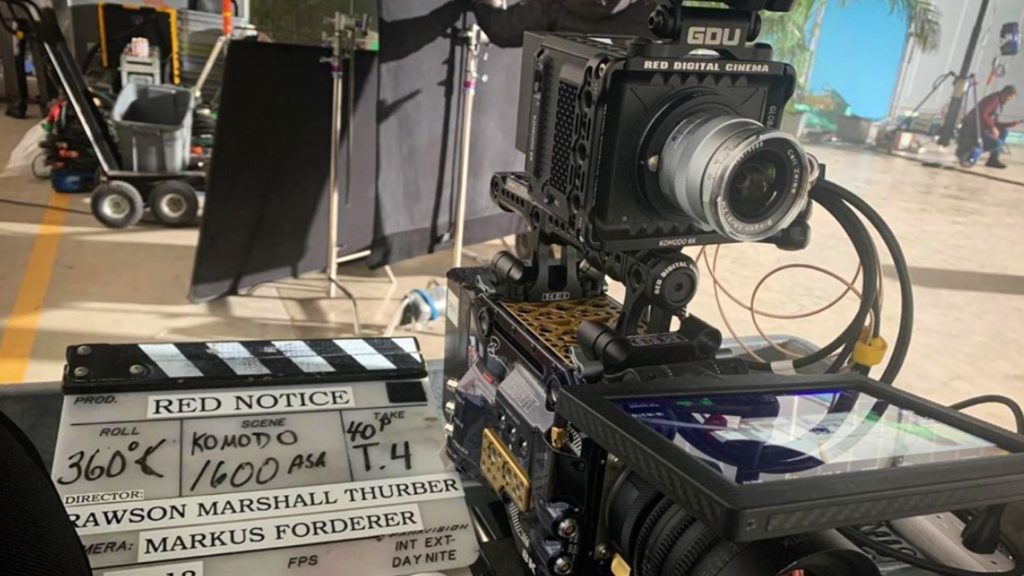
The GoPro “didn’t cut well” in high-end productions and also was limited to 20 frames before the audience could notice the difference between the GoPro and other cinema cameras.
The colored Komodo = Beta mode
It’s important to understand that this first batch of Komodos released last week, is still in beta mode. The camera hasn’t officially released yet. The QA phase is still going on. The camera is being tested and beta firmware is being pushed to users to improve the camera. There are no official specs since there are constantly changing. For the current specs and features, have a look at the slide below that shows the important stuff (press on the image to view it properly) and/or read this article: RED Komodo: More Specs Revealed and Real World Footage. Moreover, there is no option to purchase the camera besides emailing to Jarred. I believe there are at least six months till we see the Komodo on the B&H website.
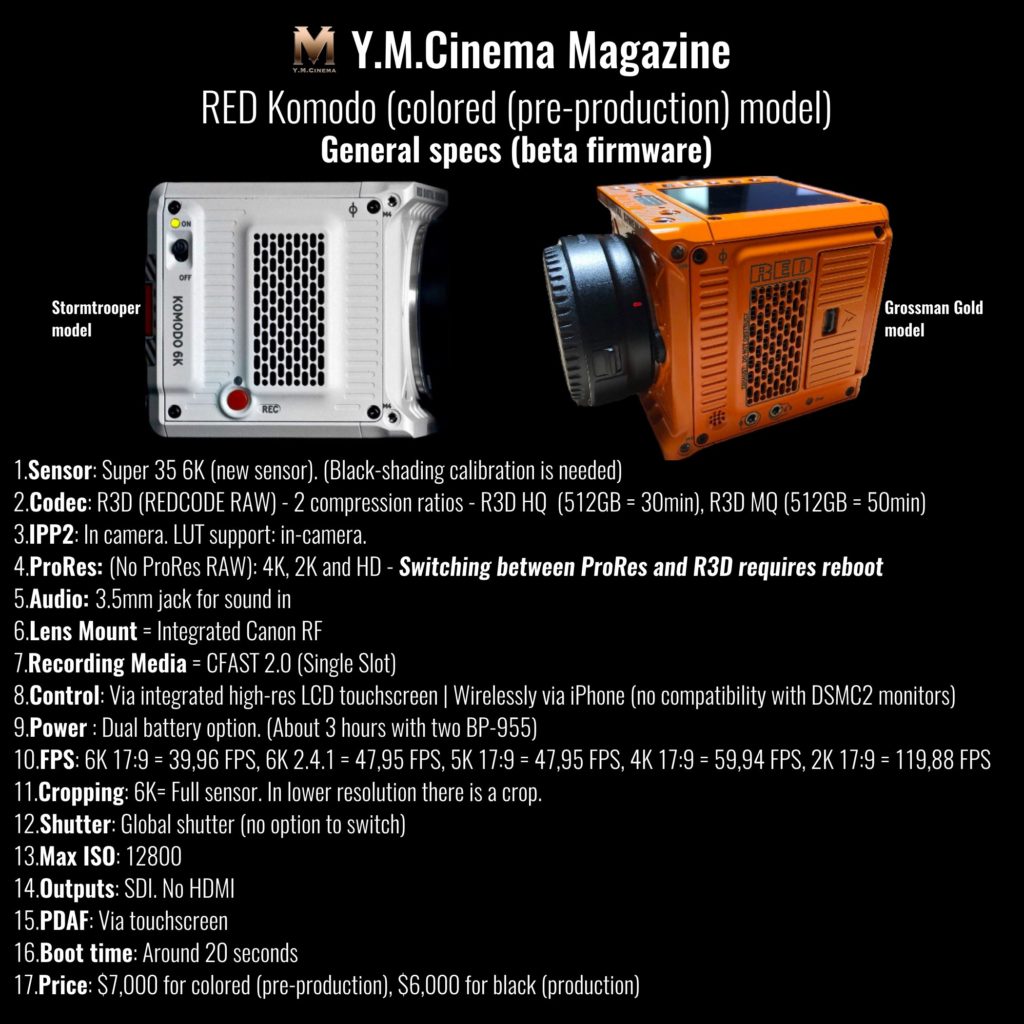
Paving the way to DSMC3
Another interesting discussion made in the panel is about the forthcoming DSMC3 that is in development. Jarred says that the development of the Komodo has taught them a lot concerning DSMC3 which is the next generation of RED cameras. He didn’t elaborate on that further, but he said that DSMC3 will be completely different from DSMC2. For now, we can only be guessing what will be implemented in DSMC3 (better power management, compression ratio simplification, global shutter). Have a look at this article to learn more about what shooters are expecting from DSMC3: RED DSMC3 Wish List: Features We’d Like to see. However, we’ll have to wait and see. Feel free to share your thoughts about the connection between Komodo and DSMC3.

